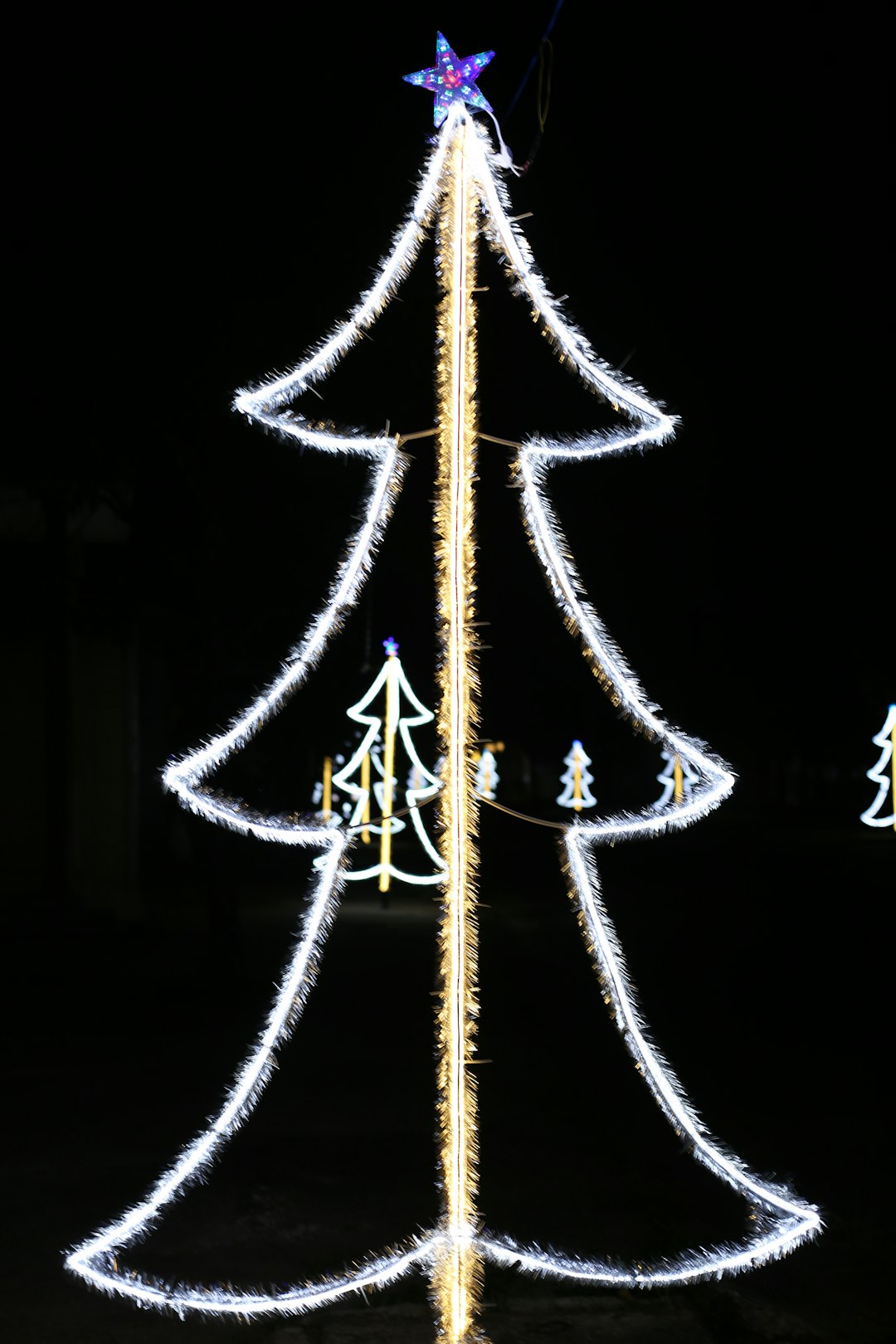In the fast-paced world of branding and digital marketing, maintaining a connection with your audience is critical. As the seasonal calendar moves through the year, visual cues play a large role in capturing attention and enhancing consumer engagement. Among the most effective, yet often overlooked, strategies is the use of seasonal logo variants—temporary design changes that align a brand’s logo with specific holidays or events such as Halloween, Black Friday, and the Holiday season.
TLDR:
Seasonal logo variants allow brands to stay relevant and foster emotional engagement by reflecting timely themes and events. Adapting logos for occasions like Halloween, Black Friday, and the Holidays can boost brand visibility and create stronger connections with consumers. This strategy shows cultural awareness and can be especially effective in social media and advertising campaigns. However, it must be approached with consistency, brand alignment, and thoughtfulness to maintain integrity.
The Role of Seasonal Logos in Modern Branding
Modern consumers are inundated with advertisements and messaging across every platform imaginable. Amid this digital noise, establishing brand recognition and emotional resonance has become vital. Seasonal logo variants, when designed intelligently, can help brands cut through the clutter by updating their visual identity to reflect timely events people care about.
These subtle but meaningful logo changes show that a brand is active, culturally aware, and engaged with its audience. The practice can increase visibility during high-traffic shopping seasons, boost engagement on social media, and even drive sales by fostering a sense of immediacy and relevance.
Why Choose Seasonal Logo Variants?
There are several compelling reasons for companies—especially in retail, e-commerce, and consumer services—to adopt seasonal logo strategies:
- Increased Engagement: Audiences are more likely to interact with branded content that acknowledges the season or special occasions.
- Brand Warmth and Persona: Seasonal logos humanize brands, making them appear more approachable and dynamic.
- Consistency Across Campaigns: Seasonal logos are excellent for tying together promotional content across platforms like websites, email newsletters, posters, and social media.
- Visual Freshness: Temporary changes keep the brand visually interesting and avoid monotony.
Case Study 1: Halloween Logos
Halloween, celebrated in many countries on October 31, offers vibrant visual themes that lend themselves especially well to logo design. Companies often adapt their logos using spooky elements like pumpkins, spiders, or haunted trees.

These changes don’t just serve aesthetic purposes. They can align with seasonal promotions (e.g., Halloween sales) and storytelling, such as themed product packaging or eerie campaign narratives. For example, streaming services may use Halloween-themed logos on landing pages while promoting a fall horror film collection, reinforcing the seasonal mood and directing users toward timely content.
However, Halloween logo adaptations must be tasteful and context-aware. Not all industries benefit from or can afford gothic or unconventional visuals. For financial institutions or healthcare, for instance, subtlety is key—perhaps a small stylized pumpkin beside the logo rather than a complete redesign.
Case Study 2: Black Friday Logos
Unlike other cultural holidays, Black Friday demands a more commercialized and urgency-driven aesthetic. Typically occurring the day after U.S. Thanksgiving, this retail phenom is now globally recognized. Seasonal logos for Black Friday tend to embody minimalism, urgency, and bold design.

Common motifs include bold sans-serif fonts, dark color palettes (often black and red), slash-through effects, or icons like price tags and shopping carts. These changes signal deals and limited time offers, thus psychologically triggering action and purchases. Brands may also pair these with countdown timers, flash sale banners, and thematic landing page designs.
A strong Black Friday logo variant should quickly communicate the shopping nature of the event without diverging far from the original logo’s core elements. Reusable visual assets, such as vector icons or alternate color schemes, can be strategically planned each year to maintain consistent branding while staying fresh.
Case Study 3: Holiday Season Logos
The broadest and most emotionally resonant opportunity for seasonal logo adaptation comes during the Holiday season—typically from late November through December. This period includes Christmas, Hanukkah, and general New Year celebrations in many cultures.
Holiday logos inject warmth, joy, and festivity into a brand’s identity. Common additions include snowflakes, stars, gift boxes, sparkles, and even stylized reindeer or Christmas lights. Red, green, gold, and white are popular palette choices, aligning with traditional holiday cues.

An iconic example is Google, which frequently makes use of so-called “Google Doodles” that customize their logo to reflect special occasions, including Holiday celebrations. Such changes generate excitement, encourage social sharing, and amplify brand goodwill during sentimental periods of the year.
Best Practices for Seasonal Logo Design
While seasonal logo variants can significantly enhance brand engagement, not all approaches yield the desired results. Here are several key guidelines to consider when creating or approving such designs:
- Maintain Brand Integrity: The original logo should still be recognizable. Avoid over-reengineering or distorting key brand symbols.
- Work with Your Visual System: Use accent elements (color overlays, decorative symbols) rather than altering the foundational shapes or fonts.
- Plan Ahead: Incorporating seasonal logo design into your annual marketing calendar ensures consistency and avoids last-minute rushes that compromise quality.
- Keep Accessibility in Mind: Ensure seasonal variants meet visual accessibility standards (e.g., sufficient contrast, legibility).
- Test Across Platforms: A design that looks good on a website header might not translate well to social media avatars or print materials. Always preview the variant in multiple formats.
The Risk of Overdoing It
It’s tempting to update your logo for every cultural moment, but too many changes can dilute brand equity. Frequent or trend-chasing modifications may confuse consumers or make the brand look inconsistent. Stick to major, widely recognized events, and adopt changes with a defined strategy and purpose.
Moreover, poorly executed seasonal logos risk coming off as gimmicky or insincere, especially if they stray too far from your brand’s tone or culture. For example, a luxury watchmaker adopting cartoonish winter icons might undermine its premium image.
All About Timing and Execution
Timing is essential. Rolling out a Halloween-themed logo in early September may lead to irrelevance, while revealing a Holiday logo well into January shows poor planning. Ideally, these logos should appear two to three weeks before the event to gain maximum traction, and retire shortly afterward to preserve freshness for the next occasion.
Collaborate closely with graphic designers and brand strategists to align these changes with your overall marketing goals. Also, include rationales in internal brand style guides to document usage protocols and ensure brand consistency over time.
Conclusion
Seasonal logo variants are more than holiday gimmicks—they are strategic tools for boosting visibility, encouraging interaction, and communicating relevance. When executed skillfully, they enhance brand storytelling and strengthen emotional ties with customers during culturally significant times of the year. Brands that embrace this practice with thoughtful planning and design integrity stand to gain both consumer affection and commercial returns.
Ultimately, successful seasonal logo adaptations are those that respect a brand’s visual identity and narrative while offering a fresh yet familiar twist that speaks to the moment. In a marketplace where attention is a scarce commodity, such agile creativity can offer a distinct and lasting competitive edge.



